26 '' bike tires: manufacturers and tips for choosing

A mountain bike for city roads is the same as a jeep on an avenue with a flawless asphalt surface. But since you bought yourself a mountain bike instead of a road bike, and it turned out to be toothy tires for dirt and soil, then this situation is corrected by changing the tire on each of the wheels.
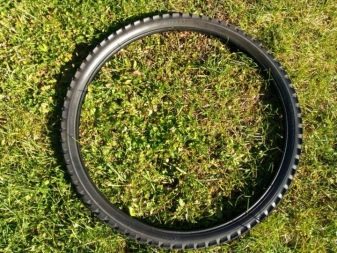
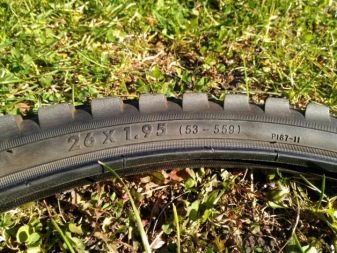
Why do most cyclists ride mountain bikes?
A mountain bike is good because it has not a dozen speeds, but much more, which allows the cyclist to climb almost any climb, no matter how steep. In part, it is this assortment that becomes the primary and decisive factor when choosing a bicycle. Future owners are not stopped by the fact that a mountain bike is much heavier than a road bike by several or more kilograms.

The second reason for choosing a mountain bike is the fashion imposed on the mass media.... Therefore, in most cases, replacing a tire is an opportunity to correct a disadvantage - the difficulty of overclocking, which all factory assembled mountain bikes have.
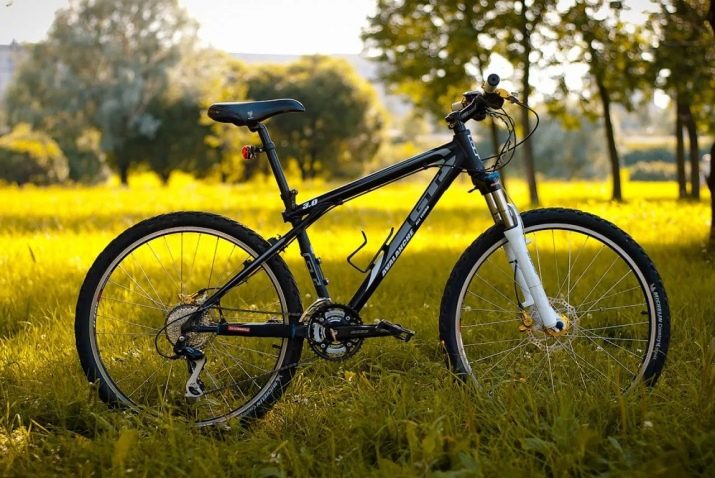
Mountain bikes are usually fitted with 26-inch wheels. In the case of hybrid bikes, wheels can be up to 28, 27.5, 27 and 29 inches.
Replacing a tire with an aggressive tread for a tire with a much smoother tread is necessary for at least 95% of users. Statistics show that only about 5% of mountain bike owners regularly arrange walks and marathons on country roads, forests or fields. The lot of the overwhelming majority is city parks and sidewalks, as well as city street roads.
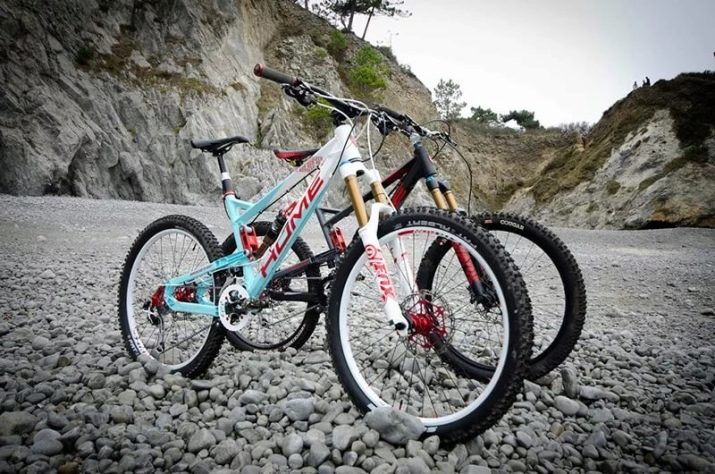
Asphalt tires
The width of road bike tires is 20-28mm. But such wheels can fall into the grates of the drainage system, in the cracks of the dispersed paving slabs. In order not to be injured at a speed of 30-40 km / h, cyclists use road and hybrid bicycles as racing bicycles, where the wheel width is already 30-40 mm. They change spiked and "evil" tires for much smoother ones - slicks and semi-slick.
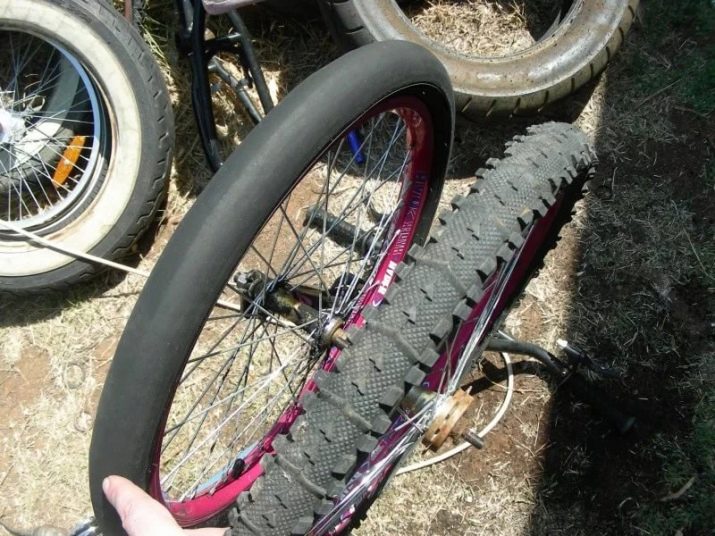
As a result, having increased the level of physical training, in a year it is not a problem for such a biker to accelerate to 35 km / h - and keep this speed constant for at least 10-20 minutes. Experienced cyclists, who know the local roads by heart and constantly monitor the quality of their surface, do not need to change their road bike for any other.
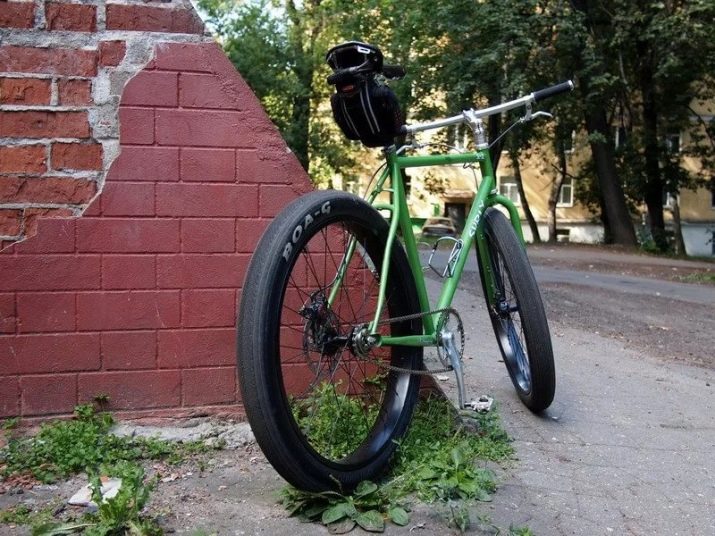
What makes a smoother, narrower tire?
The advantages of a narrow slick tire are as follows.
- Less wheel weight - you accelerate faster... Relevant for city dwellers: at intersections and turns you often have to slow down and stop.
- The bike will become lighter - it will be easier for you to bring it to the 8th floor.
- The area of contact of the wheel with the asphalt will narrow - the roll will improve. Another plus to the gain and sustained speed.
- Slick does not throw dirty water all over the place - it is all held back by the wing. You will return home with much cleaner pants and boots than if you continued to ride the "evil" rubber. You will have to wash your bike from dirt faster and less.
- Combined with an accurate ride (on smooth and smooth asphalt roads), soft braking the slick protector will wear off on average after 10 years.
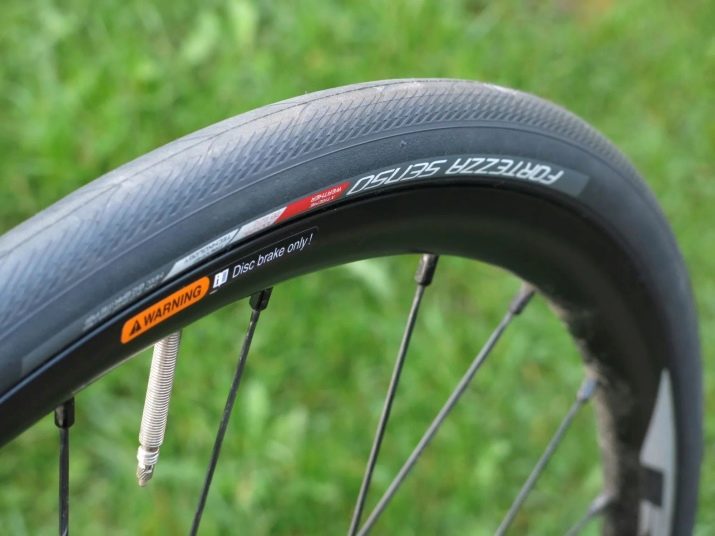
Slick is also not without its drawbacks.
- For a slick tire, and it is narrower, you need an appropriate camera. Mountain bike cameras with a width of 1.95-2.25 inches will not work; if inflated, but limited by the size of the tire itself, they will wrinkle. The folds under the influence of air pressure and the road will be frayed immediately.
- Significantly higher than in conventional mountain bike wheels, pressure will not immediately become a habit - for the first time, instead of 5 atmospheres, you can pump 2.5 or 3 atmospheres by inertia.
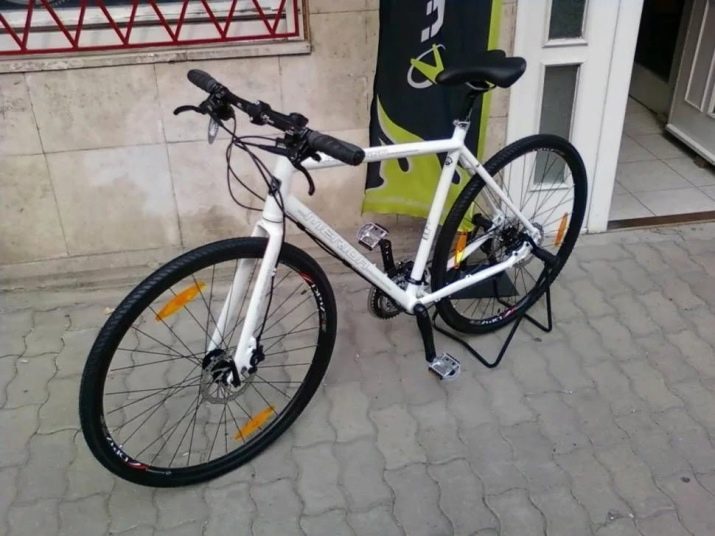
Composition and layering of slick and semi-slick
A slick tire for all bicycles, including mountain bikes, consists of:
- technological smooth coating from the inside:
- cord layers - rubber with kevlar or aramid threads;
- anti-puncture polymer (high-strength rubber) with a thickness in the center of the treadmill of at least 3-5 mm;
- protector;
- sidewalls and bead cables.
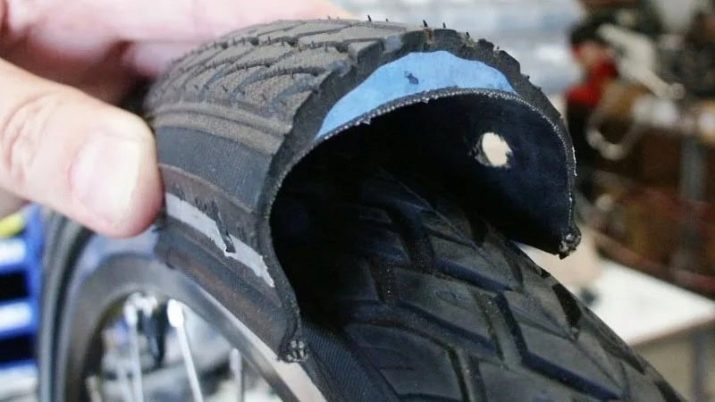
A high quality tire has all these layers. Cord weave is 120-300 TPI (number of threads per inch of surface distance). Kevlar or aramid threads are used here.
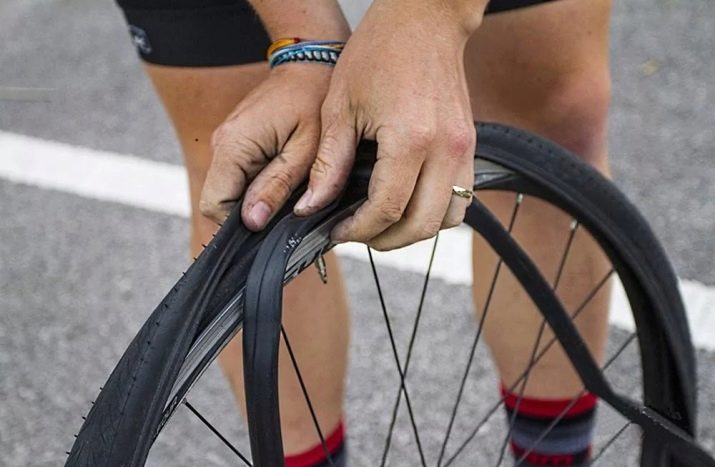
In low-quality and cheap bicycle tires, the weave density of the cord reaches only 30-60 TPI, the cord layer is one, not three, there is no anti-puncture layer.
The manufacturer saved vulcanizing additives on the quality of rubber - a lack of sulfur by volume. This splint leaves black marks on the skin when pressed with a finger - avoid them. It is better to choose a quality product for 5 years of active driving than to change worn tires every 2-3 months. As a result, it is more profitable and cost-effective.
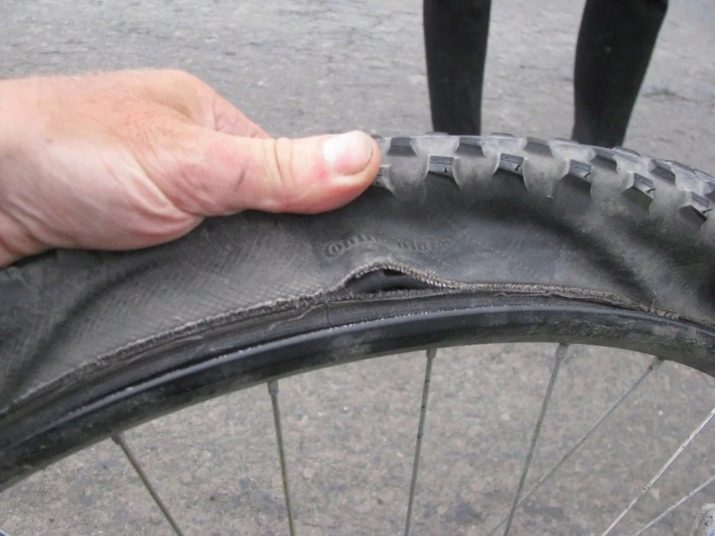
With mud protector
The mud protector can be improved by using studded sectors. This gives stability not only on mud, but also on an icy road, in conditions of freezing slush - which slick can not boast of.
Any aggressive tread is opposed to slick and semi-slick tires.
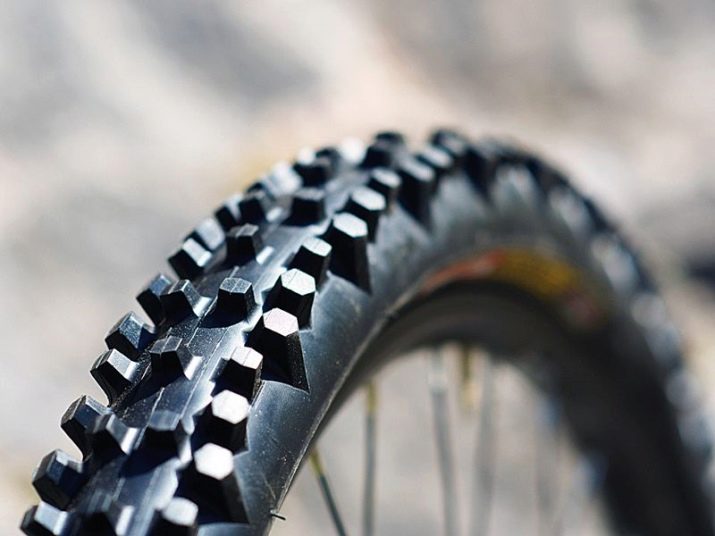
Additional attributes
Tires with a white or reflective stripe on the sides of the treadmill are an attribute of safety on the track at night... Also, the tire differs in the shape of the tread sector. Leaving a trail that repeats a special tread pattern, to the liking of teenagers on a mountain bike with 26 "wheels.
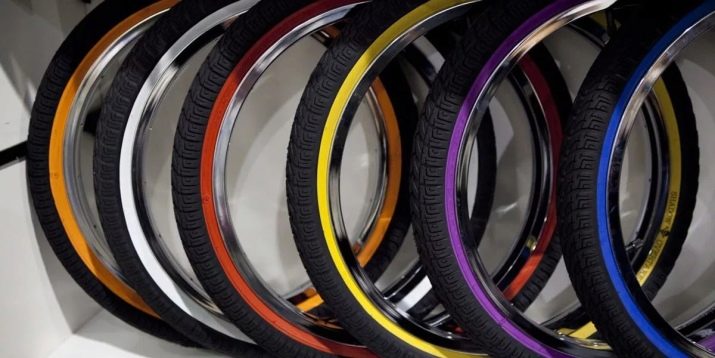
Examples of ready-made solutions
Below are ready-made options from leading manufacturers sold in bicycle stores in Russia. Most of the models are anti-puncture. The consumer audience here is mountain bike owners with 26 "wheels.
- Kenda 26 х95, half slick, 5-527625... Designed for hybrid and mountain bikes with 26 "wheels. Requires a pressure of 2.8-4.5 atm. Weighs 790 g, price - from 750 rubles.
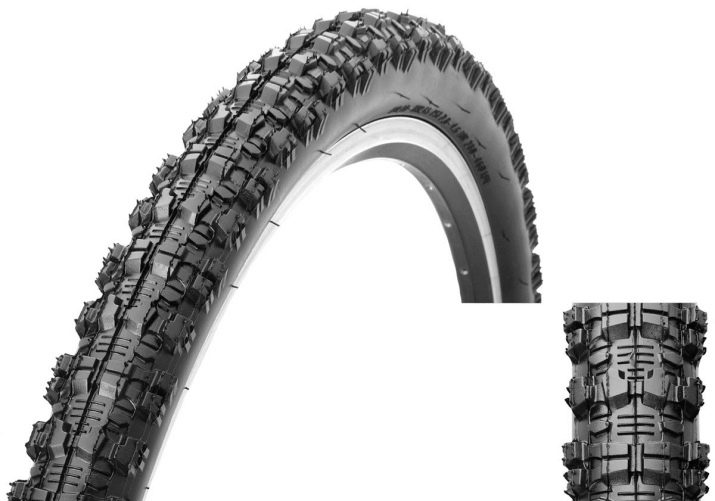
- Kenda 26 x 10, cord quality - 30 TPI, a high tread with pyramid-shaped spikes that allow you to quickly develop speed. The multi-sided tread pattern adheres well to the road or track. Cost - from 1250 rubles. Suitable for descents from a mountain or hill, for slalom. Weight - 690 g. Pressure - up to 4.6 atm.
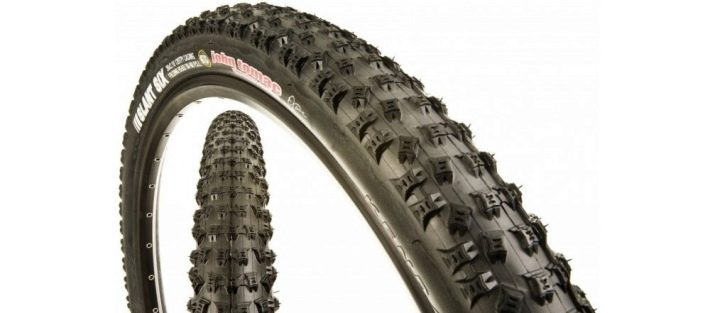
- Continental Ride Cruiser, semi-slick, 26x2.2, 180TPI, 101529. Designed for the city, anti-puncture layer, pumpable up to 58 PSI, puncture protection at the level of three cord layers with 180 TPI thread frequency. Weighs up to 950 g, price - 2090 rubles.

- Continental Contact Cruiser 26 x 2.0, the puncture strength of the cord is the same as in the previous model. Weight - 900g, cost - 3100 r.
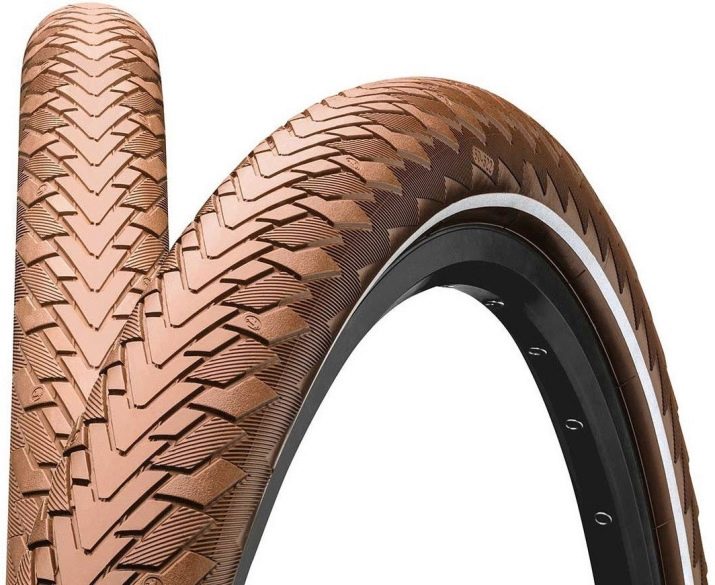
- Continental Contact Travel, slick, 26x2.0, pumpable up to 65 PSI, puncture proof, designed for city driving. Cord 3 * 180 TPI. Cost - from 4100 rubles.
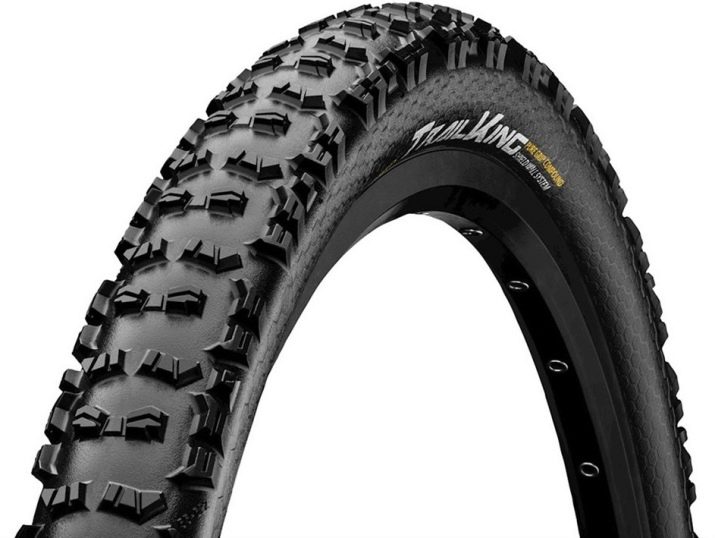
- Continental Town & Country, 26x2.1, 770g, 65 PSI, natural rubber as raw material, unsurpassed wear resistance.

As the examples above show, the best choice in terms of quality is still more determined by a specific price.
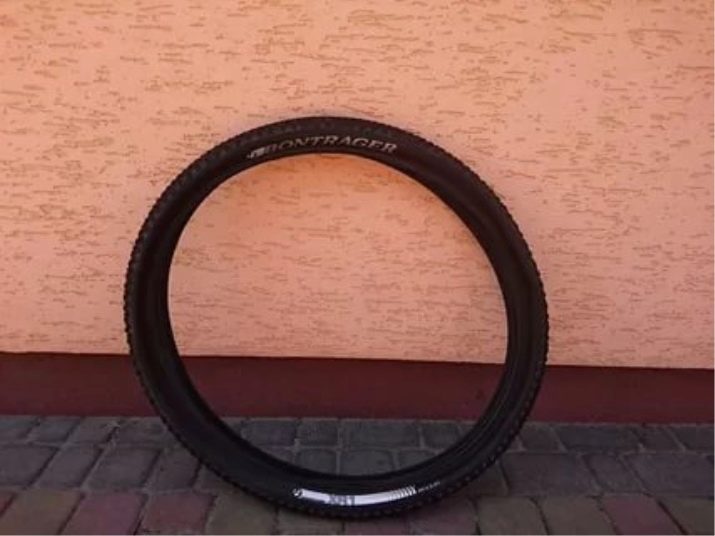
Final choice
Before making your final selection of a tire for your mountain bike, check the following.
- Run your finger firmly over the tire tread. Low-quality rubber will immediately leave a thin, blackish layer of peeling rubber on your finger. This is a sign of unsatisfactory rubber vulcanization, leading to delamination and rapid drying of its structure. Such fragile rubber is sensitive to wear and is not oil and frost resistant. It is better to immediately pass by such a tire.
- If the tire passed the previous test - pull back a few tendrils left by the manufacturer from the sides. Good rubber has elasticity and cannot be torn off immediately. Poor quality rubber that will peel off shortly after insertion is recognized by its easy-to-tear tendrils.
- Feel the cords on the sides - the place for which the tire is pulled onto the rim. It should not be visible in places where the rubber is worn or not applied initially, to be non-uniform. Defective side lines stretch easily, which indicates that they will break soon. A tire with a torn cords is thrown away - when driving, it will certainly come off the rim.
- If you are interested in tubeless tires, they are repaired using a special glue - sealant. After a puncture, such a tire is repaired without removing it from the rim.

Checking the product on the store website
Check the description of the product on the website of the online version of the store (for example, "Sportmaster") where you buy this product. In our age of smartphones with unlimited mobile Internet, this is very easy to do. Check it against the description on the label, tag or package... Firms responsibly and willingly supplying high quality tires will provide a complete description of the tire model. For example, the material of each of the layers is indicated there, the working temperature of the product - in general, the description is scrupulous, inspires confidence.
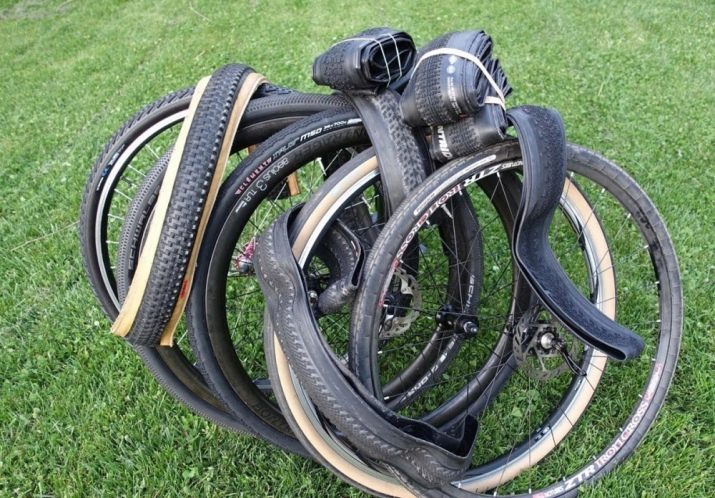
Little-known Chinese firms don't do that. Even such well-known firms as Stels and Chao Yang, the more fully indicate the data on a particular product, the more expensive it is.
Firm Schwalbe, for example, it specializes in rather expensive, but no less high-quality anti-puncture tires and cameras - there is no deception. If the description is dubious, far from complete, it does not even indicate whether it is synthetic rubber or natural, then look for something more credible. A big plus would be knowing the assortment of goods from many bicycle companies, following the advice of cycling professionals and avid lovers of long and long journeys - they will put you on the right path.
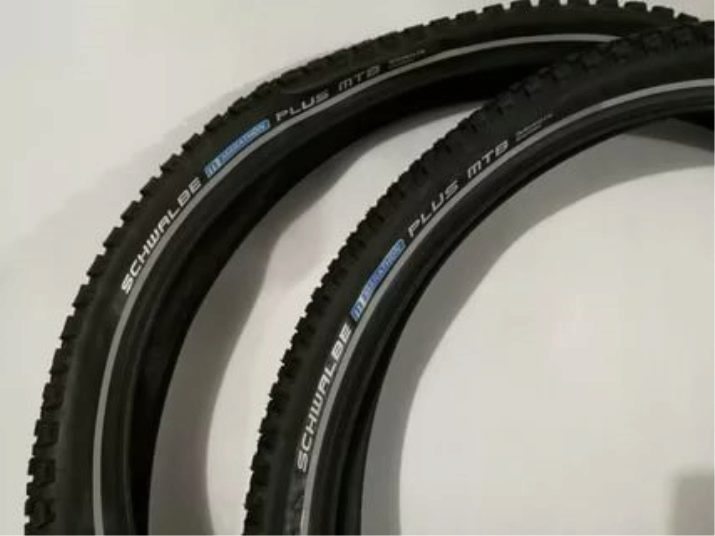
In the next video, you will learn how to choose the right tires for your bike.








